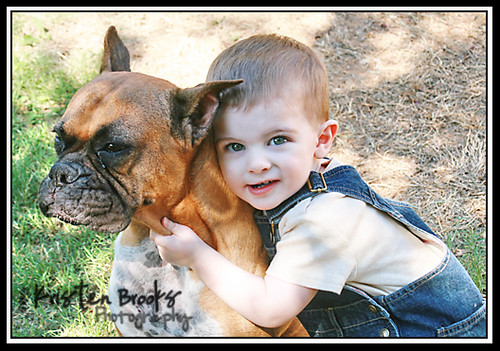
Purebred dogs have been my hobby for over 30 years. This year I was made a Life Member of The Canadian Kennel Club. I bred, owned and showed Shih Tzu for twenty five years. I have also owned Scottish Terriers, Lhasa Apso, and a Boxer.
I have studied all groups of dogs and although I no longer show dogs, I try to keep current by reading dog magazines and watching dog shows. In
We currently have a male Lhasa Apso. Buddy is very typical for his breed and is a pleasurable part of our household. He is not the most obedient dog I have owned but he keeps improving! He absolutely THE most loving companion dog Keith or I have owned. He will be six this summer. We purchased him from a very fine breeder named Lucas Lhasas in
For us, Buddy is a pleasure and great part of our household. He really loves us both equally and loves for the two of us to be at home.
The
In the sport of dog showing, there are currently seven groups. They are Sporting, Hound, Working, Terrier, Toy, Non-Sporting and Herding. The Herding Group is the newest and was created to cut the size of the Working Group. Probably more changes will come over the years.
Generally speaking, the Groups represent dogs of similar purpose and traits. Unfortunately, the Groups are not labeled “child-friendly” and “adults only”. That would make finding a family dog that interacts well with children a lot easier!
Certain breeds are better suited to being around children.If a child is in the household first, then it is a little easier to acquire a dog. A dog who has been in a family first, is truly the “child” in the household so it is more difficult to bring a child into the home.
Several dogs in the Sporting Group that seem to get along well with children, or be easily trained to interact well with children, in particular Retrievers (Chesapeake Bay, Curly-Coated, Golden,
The Labrador Retriever has been the Number One Dog in popularity for the past decade! The Golden Retriever is also very popular. Both breeds are good selections for family dogs.
There are currently 157 breeds recognized by the A.K.C. and of course, we can only work with figures for purebred dogs.
I am a strong believer in crates and not asking your dog to do handle situations beyond his known capability. Dogs regard crates as safe havens. There should be a nice, soft blanket or sheepskin in the bottom and toys already in there. When you have to place your dog quickly in the crate, his things are already in there.
Generally speaking, I do not recommend small dogs – the Toy breeds – for children. A few little dogs who have been raised with small children in the household, do well. Others feel intimidated by children. When the dog feels intimidated, he does not behave as one would wish. (Loose Translation: the dog will bite the child.)
My Boxer, Red was very true for his breed and perhaps over-trained. He probably was obedient to the extreme. We spent a lot of time working with this dog: he was confident and obedient. He did not feel intimidated by new people or situations. I like the Boxer breed very much because I feel they are very trainable and confident about themselves. The Boxer is also in the top ten A.K.C registrations. The A.K.C. Standard describes the Boxer as fundamentally playful yet patient and stoical with children.
Let’s take a look at behavior. Dogs are not people, even though they often seem to be! When a dog sees a child playing with his toy, his natural instinct is to take that toy from the child and particularly if the child resists, the dog harms (generally bites) the child). Many times also, the child has a size disadvantage.
For some smaller breeds such as Shih Tzu, the dog IS THE CHILD IN THE HOUSEHOLD. This breed and some others, has prominent eyes and a child likes to poke at a dog’s face. This result in disaster for the dog. Some little dogs will bite a child, but probably not a Shih Tzu as he does not have really good teeth and they are undershot. The youngest child in families I sold my Shih Tzu to was twelve. So you can see how serious I was about not placing Shih Tzu in families with young children.
Labs and Goldens feel very secure about themselves and have a gentle nature. The A.K.C. Standards for both dogs indicate excellent temperament and gentle attitude.
Dogs are not people and one cannot expect any breed to deviate greatly from its original purpose or temperament.
When selecting a dog breed for a household with children, do check out the standard of the breed you are contemplating at akc.org. Look for a dog that has an easy going temperament and is known to get along with children. In general, when you ask around, you will find that most sources will lead you to a large dog breed.
Animal Shelters are excellent sources for family pets and generally they will be able to tell you a little about the breed or mix of breeds and whether of not this could be a good family pet.

http://www.akc.org







No comments:
Post a Comment